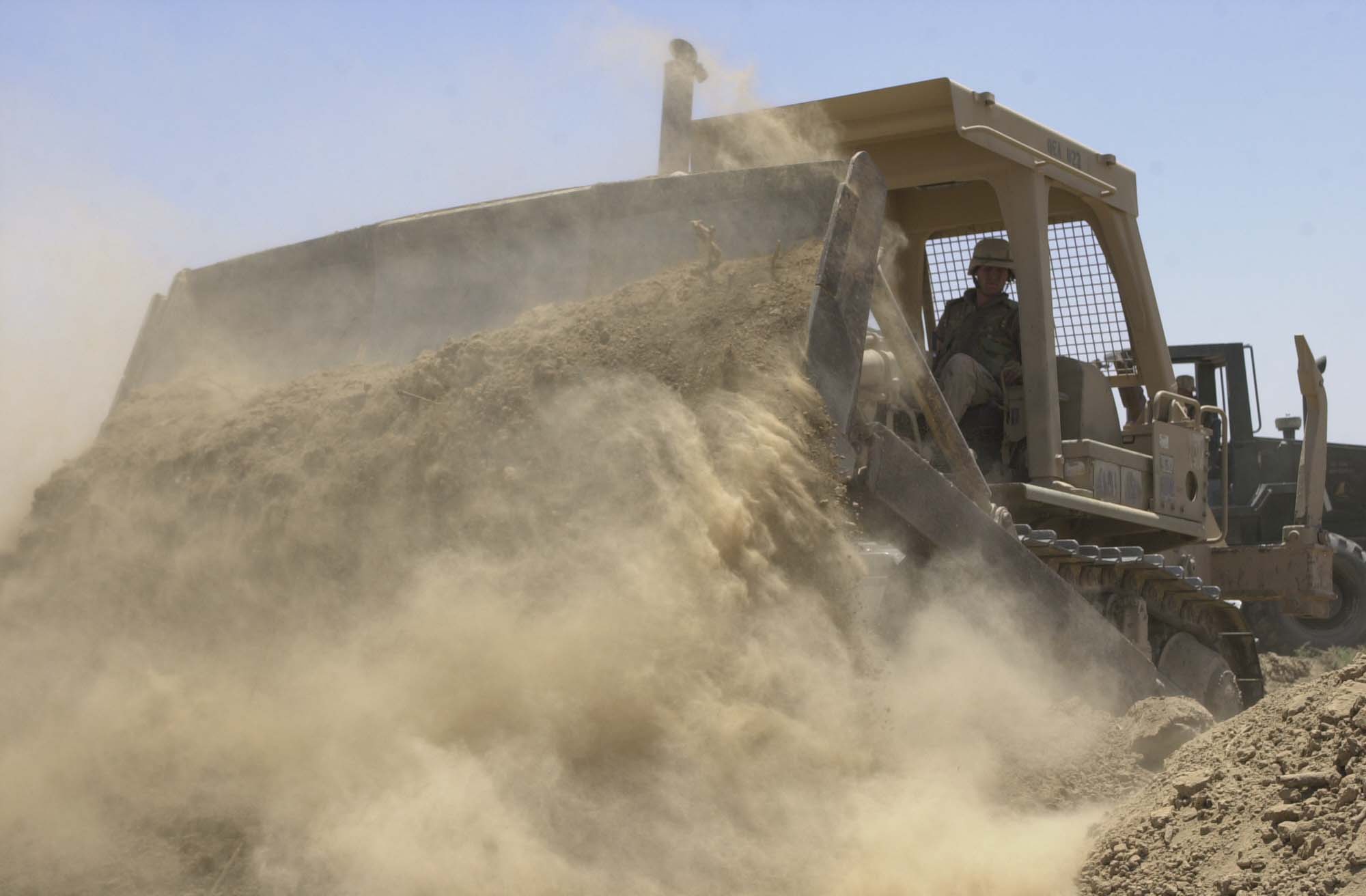

Diseases Caused By Inhaling Construction Dust & Ways To Tackle Them
Around 90% of air pollution-related deaths occur in low and middle-income countries, mainly in Asia and Africa, followed by low and middle-income countries in the eastern Mediterranean region and Europe. The pollutants accountable for this kind of pollution are of various types – construction waste, medical waste, IT waste, and industrial waste. We will limit the scope to pollution responsible for construction wastes, specifically ‘dust’.
The dust produced at the construction sites leads to several respiratory diseases, which eventually claim the lives of a wide range of workers across the globe. According to WHO, air pollution is majorly responsible for non-communicable conditions, causing an estimated 24% of all deaths from heart disease, 25% from stroke, 43% from chronic obstructive pulmonary disease, and 29% from lung cancer.
Since the demand for commercial buildings, new houses, and structures like bridges and flyovers is increasing daily, it’s imperative to ensure that the diamond drilling Kent produces as minimum dust as possible. CA Drillers follow the maximum limit set by the Health and Safety Executive of the UK, which is 0.3 mg/m3 of silica dust averaged over eight hours.
Whether you talk about new construction projects, renovation or demolition projects, the dust they produce is in huge quantities, especially in the absence of quality tools and techniques. Construction dust harms the workers performing their job at the site in question and the people residing in the surrounding area. For example, when construction projects are executed in residential areas, the dust produced by them also harms the people staying nearby, not only construction workers.
Here are some of the acute diseases that are caused by inhaling construction dust.
Asthma
Asthma is one of the most common health conditions that is faced by a large number of construction workers. It is caused by inhaling dust, gases and fumes produced while making holes and cuts on concrete and masonry structures. The production of dust is high in demolition projects which has severe consequences for workers. Since workers executing demolition and construction projects have to deal with a lot of dust, it also reduces their productivity apart from leading to problems like Asthma.
Workers inhale dust, fumes, and gases, which damage their lungs. Some of the most common symptoms of Asthma include wheezing, breathlessness and painful coughing. In addition, workers struggling with Asthma also experience heaviness and tightness in their chest.
Occupational Cancer
Another common disease that is caused by constant exposure to construction dust is occupational cancer. There are several occupational cancers, such as lung, mesothelioma and bladder cancer. But the one which is extremely popular among construction workers is lung cancer. It is caused by exposure to carcinogens – which is nothing but the mixture of different substances found on construction sites.
Chronic Obstructive Pulmonary Disease (COPD)
Besides Asthma and Occupational Cancer, construction workers also struggle with Chronic Obstructive Pulmonary Disease and COPD. COPD stands for different breathing problems generally caused by inhaling dust, chemicals, gases and fumes. It remains the primary cause of death among construction workers.
Workers’ inhaling dust, gases, chemicals and fumes damage their breathing tubes. In addition, exposure to dust and fumes also damages air sacs in the lungs. Therefore, it is vital to maintain necessary safety standards while executing construction and demolition projects.
Silicosis
Silicosis, caused by getting exposed to respirable crystalline silica or RCS, is also very common among construction workers. Because RCS is mainly found in sand, clay and stone, it’s hard for construction workers to avoid problems like Silicosis, especially if they fail to maintain necessary safety standards.
Reducing the Impact of Construction Waste
Reduce and Reuse Leftover Material
Assessing the risks associated with the work and materials needed for each project is necessary. It will help you reduce waste and eliminate waste treatment costs and unnecessary overheads.
Tasks which involve more energy will result in higher risks. But if you organize and update the inventory of tools and materials in stock, you can avoid risks and over-ordering. Before you begin your project, actively seek out areas in projects where surplus materials from previous projects can be reused.
Assessment of Risks
High-energy tools such as cut-off saws, grinders, and frit blasters produce a considerable amount of dust, and workers handling them for longer shifts will be affected by dust. Hence, assessing the risks involved is essential before initiating your project, especially if the project is in enclosed spaces.
Controlling the Risks
You can control dust by using:
(1) Water as it damps down the dust clouds. For a more effective result, the correct quantity of water supply during the operation is needed; simply wetting the material is not enough.
(2) On-tool extraction removes the dust as it is being produced, such as having an extraction unit attached to the machine. A general commercial vacuum will not serve the purpose. The proper filter system is marked as high (H), medium (M) and low (L) class filter units.
Recycling and Repurposing
Some materials used on construction sites, such as metals and wood, can be repurposed. You can also recycle glass, concrete, and asphalt. Remain well connected to your professional network as sometimes you may find buyers for these materials within your professional network.
Training
Train your workers to participate in a company’s waste management program for a productive output. It will benefit your company if they have sound knowledge of waste disposal methods and an understanding of the implications of deviating from the best practices.
Here is how to deal with construction dust to reduce health problems among workers.
- Generally, contractors need to maintain the required safety standards.
- They should provide the right construction gear to workers, like masks, safety goggles, helmets, safety vests and shoes.
- Use dust-free and noise-free demotion techniques like Diamond drilling, hydraulic busting and Brokk demolition to ensure a safe working environment for workers.
Apart from this, when it comes to enhancing the safety standards at construction sites, ensure that you hire workers who know how to use bulky tools and equipment to avoid joint injuries.
- Search
- Categories
- Achilles Building Confidence
- Blog
- Brokk demolition
- Certificate
- Concrete Cutting
- Controlled Demolition
- Diamond Concrete Cutting
- Diamond Concrete Drilling
- Diamond Drilling
- diamond drilling london
- Diamond Sawing
- Fire doors
- Floor Preparation
- Hydraulic Bursting
- Magnetic Drilling
- Passive Fire Protection
- Stitch Drilling
- Archives
